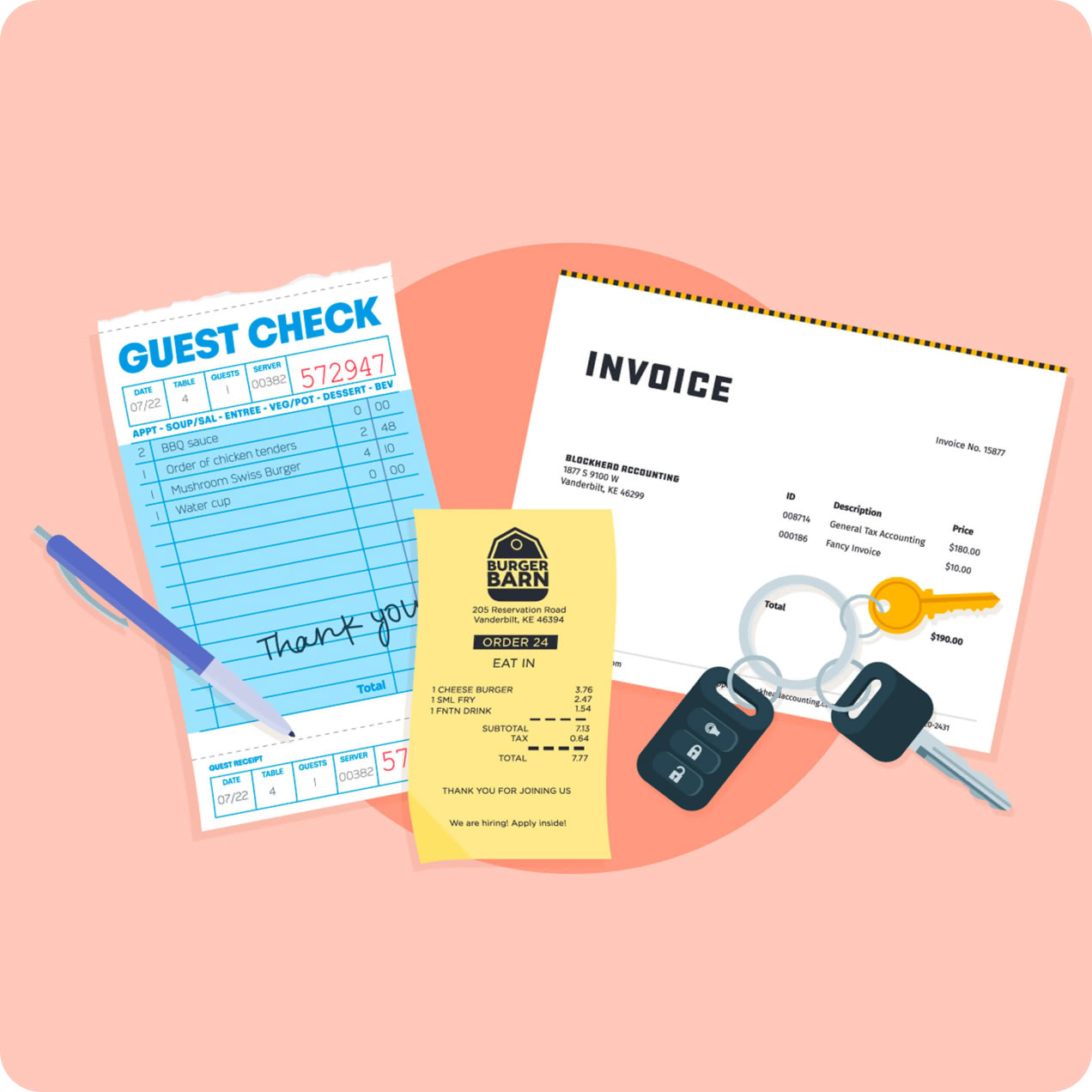
Here's how Advanced Budgeting aligns with curriculum standards in Minnesota. Use the filters to change the location, set of standards, and grade level.
Focus Area One: Financial Psychology
Standards
Defined by Personal Finance Statewide Guidance 10th-12th Grades and align with Advanced BudgetingFocus Area Three: Financial Systems
Standards
Defined by Personal Finance Statewide Guidance 10th-12th Grades and align with Advanced BudgetingFocus Area Four: Credit and Debt Management
Standards
Defined by Personal Finance Statewide Guidance 10th-12th Grades and align with Advanced BudgetingFocus Area Five: Risk Management
Standards
Defined by Personal Finance Statewide Guidance 10th-12th Grades and align with Advanced BudgetingFocus Area Six: Budgeting and Investing
Standards
Defined by Personal Finance Statewide Guidance 10th-12th Grades and align with Advanced Budgeting